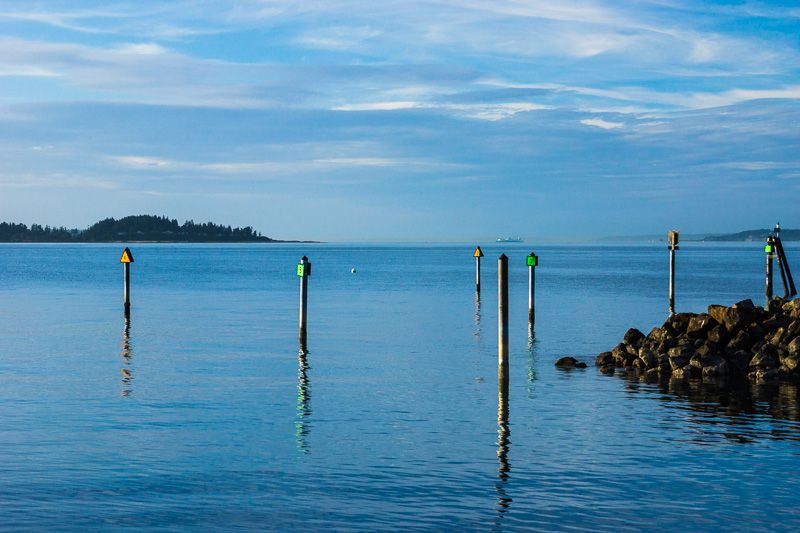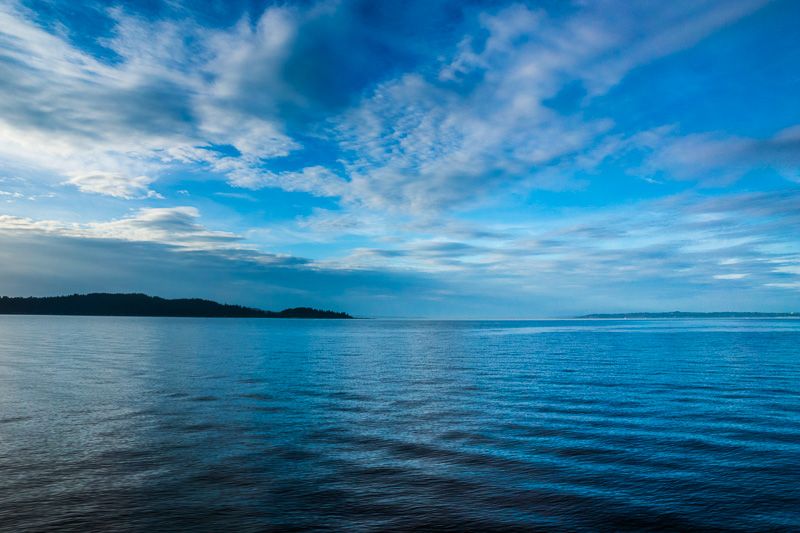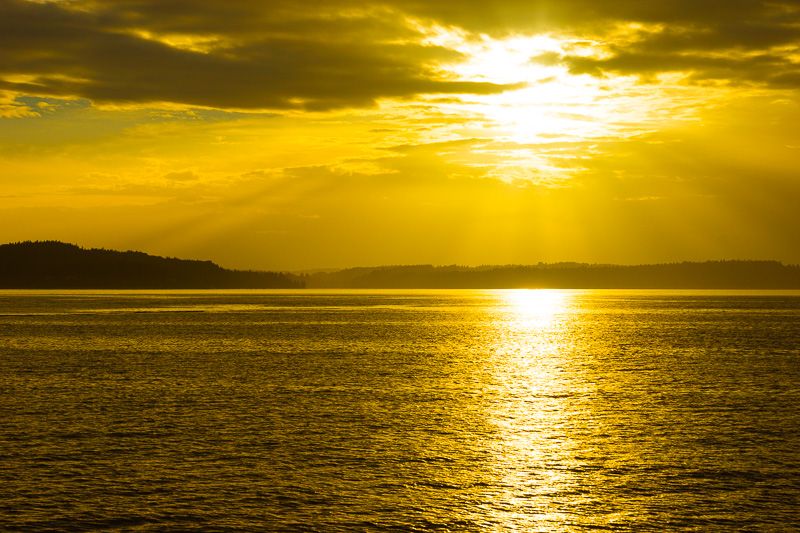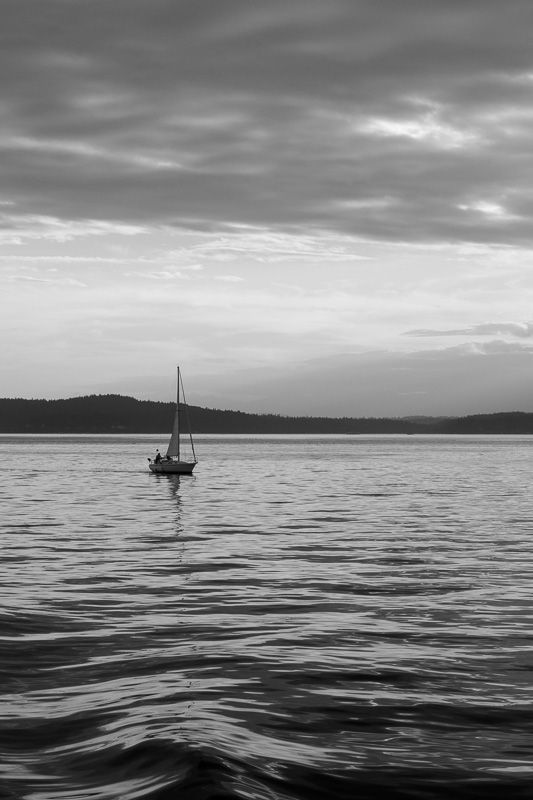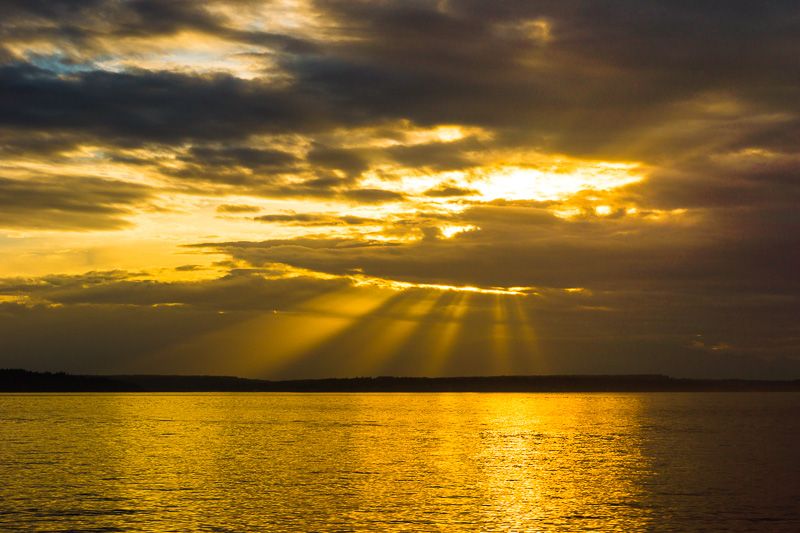regnaD kciN
regnaD kciN's JournalIndependence Day Fireworks
You know what I really miss here on DU? The group thread of fireworks photos that would appear in the Photo forum every July 4th. The posts would arrive in order of time zones, from east coast to west, as more and more members added their images, and we here on the west coast would usually be the last ones finished, and have to pull an all-nighter to make sure our photos were posted before dawn. I remember several years where the now no-longer-with-us superconnected and myself would shoot the same display somewhere in the Seattle area, then spend the rest of the night working away on adjacent laptops until we could submit our contributions to the thread. Of course, with so many DU photographers submitting images, the thread would invariably come with a "DIAL-UP WARNING" designation, back in the days when some of us still used dial-up modems to access the Internet.
Well, in the absence of a group thread, here are my images, taken, as has been the case for the past few years, at the Lake Wilderness display in Southeast King County. No need for a dial-up warning anymore, but maybe I should include a "long thread warning." This year, an overcast sky meant enough ambient light that I probably won't be able to offer any of these as prints, but some might be of interest all the same. It's reassuring to learn once again, that, even after a number of years, I'm still learning ways to improve my fireworks photography -- I probably should turn that into an article on my website someday. Anyway, I'd encourage everyone to add their fireworks photos from this July 4th to this thread, so we can revive the tradition of the group thread, even if these will be appearing after dawn on the 5th for about half the country.
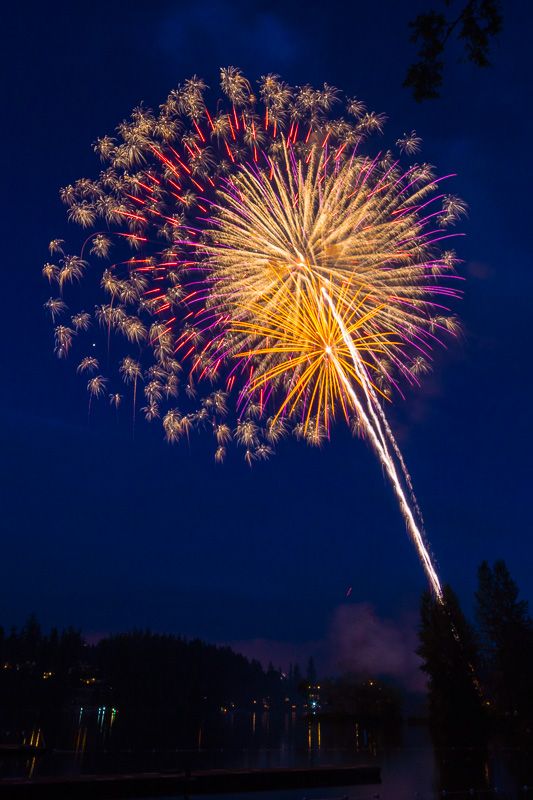
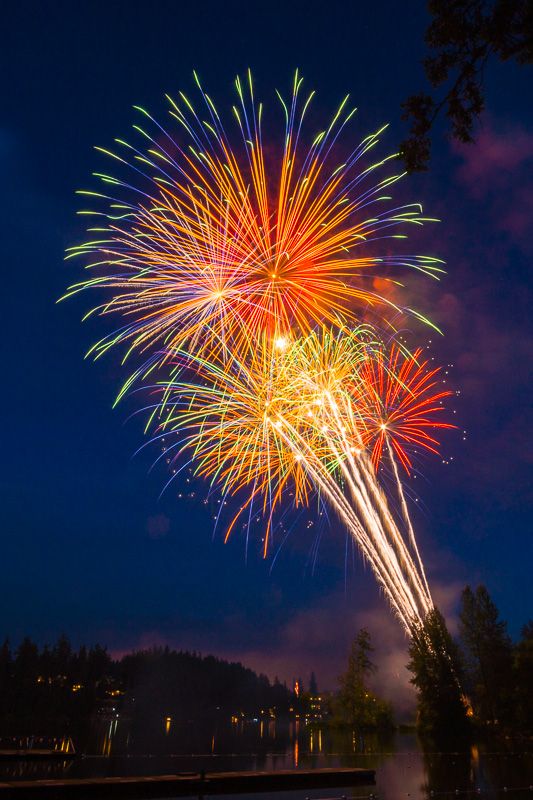
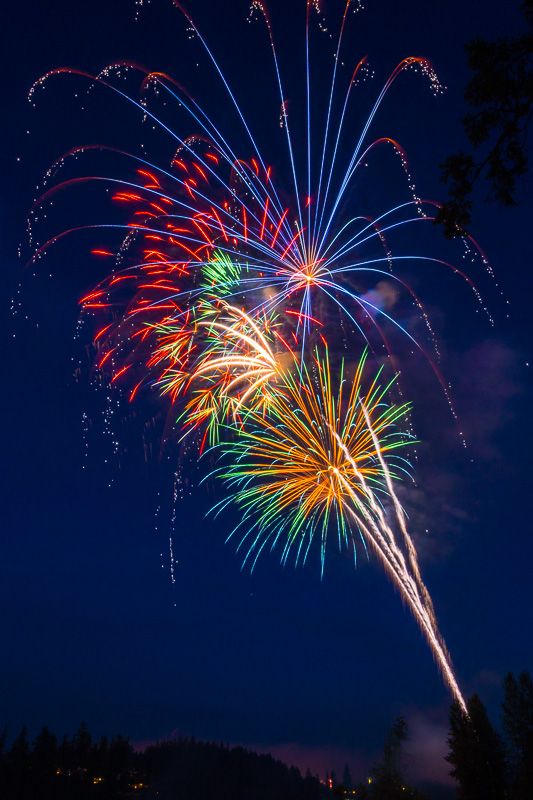
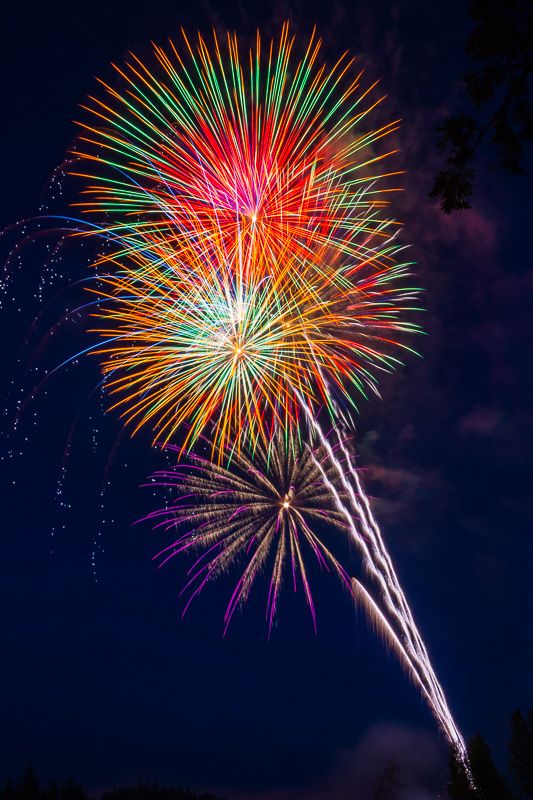
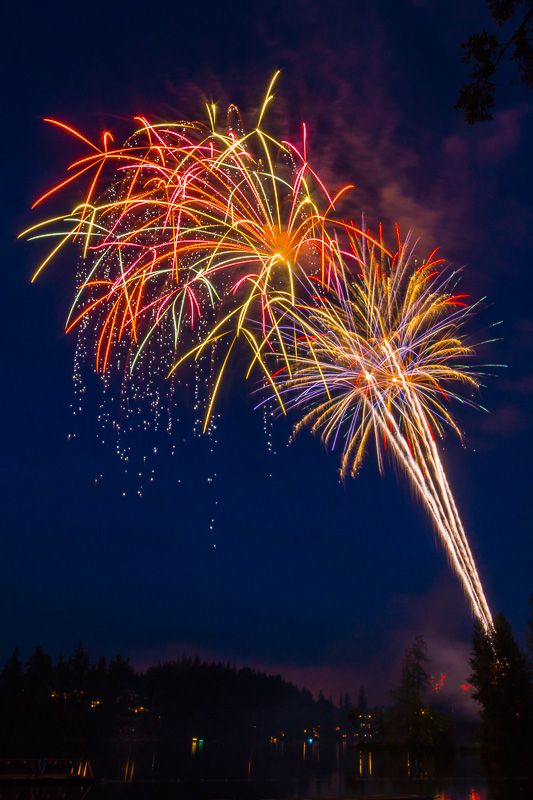
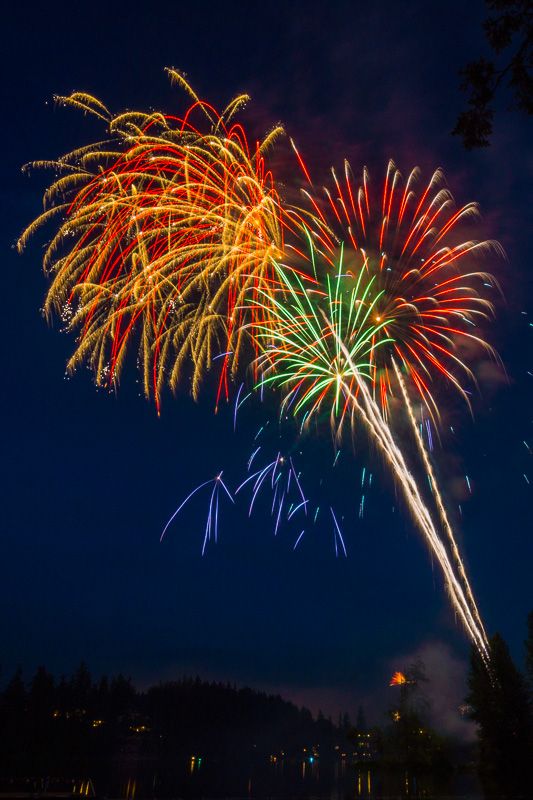

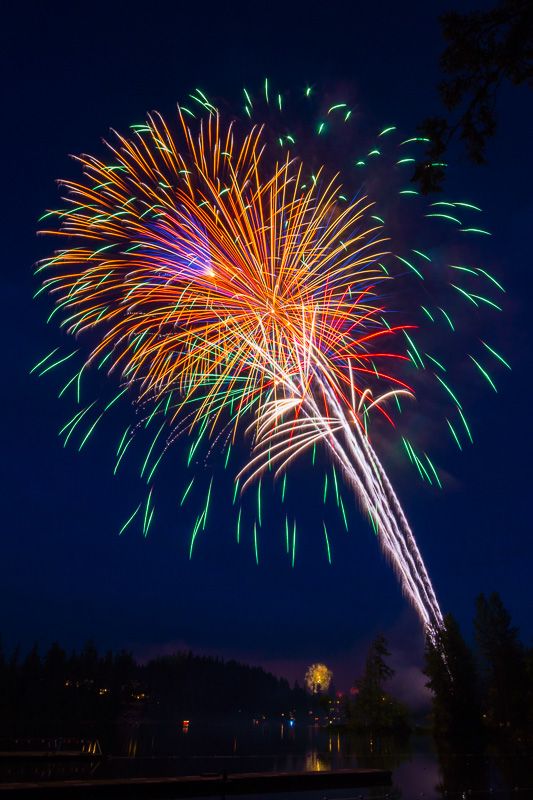

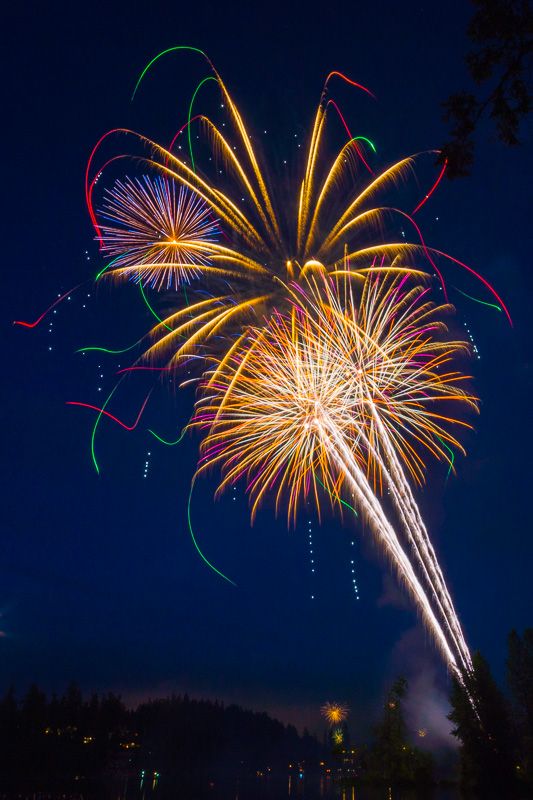


Water Falling Over Things 2014: Part VII (Punch Bowl Falls...now with extra poll!)
(The majority of this post, with the exception of the postscript, is adapted from the latest journal entry on my website.)Punch Bowl Falls, in Oregon's Columbia Gorge, has long been one of the meccas for Northwest landscape photographers. It's also been one that, for one reason or another, I had never visited. It was on my "must shoot" list for the past couple of years, but vision problems got in the way. With eyesight renewed, I made Punch Bowl Falls one of my top goals for "making up for lost time" this spring.
There was only one problem: for more than a decade, the view of the falls had been partially blocked by a fallen log. This log had finally been washed away in the winter storms of 2009, and Punch Bowl Falls was at its best once again. So it remained, literally until just before my planned trip back in April. The Thursday before that weekend, I logged onto the Portland Hikers' website to check conditions, only to read that an entire tree had toppled into Eagle Creek just in front of the falls in a storm a couple of weeks beforehand. While this tree, unlike the previous log, was not cutting a diagonal swath across the waterfall itself, a twisting and unattractive branch protruding from the trunk stood in front of the fall, blocking it from every imaginable tripod position available within the "punch bowl" itself.
I didn't make the trek after all that weekend, but, on my second trip to the Gorge this year, hiked Eagle Creek to the falls this past weekend. I did so, in part, after hearing from fellow Northwest photographer Mark Metternich that Punch Bowl Falls was still worth visiting.
When I arrived, I found, as expected, the fallen tree in front of the falls. I also discovered, with the proper camera positioning, that you could place the majority of the branch along the right side of the fall, instead of in front of the water itself.
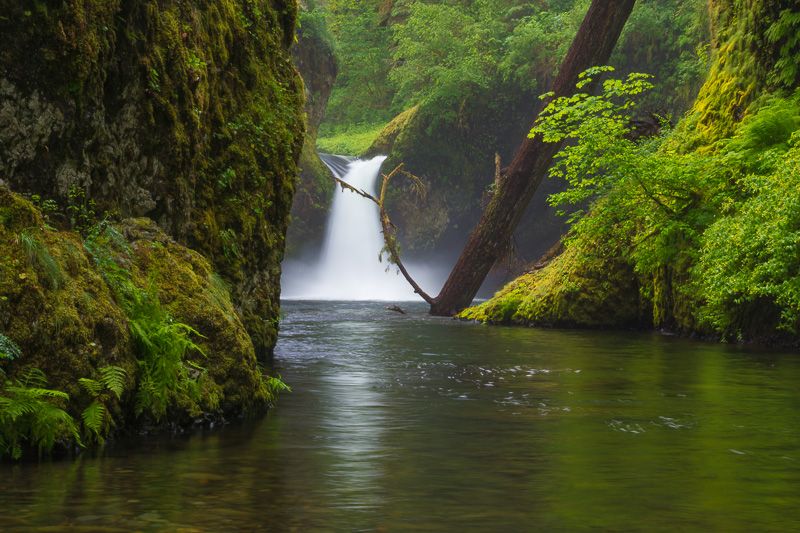
While this framing is better than simply having the entire branch block the waterfall, it still left something to be desired, in my opinion. Interestingly, what I found even more annoying than the branch is the broken-off piece of moss-covered bark jutting up from the tree to the right of the fall; it tends to catch the light and draw one's eyes away from the image's center of interest.
One thing that Metternich had mentioned, in his Facebook post referenced above, was that it looked to be possible to "clone out" the branch in Lightroom and/or Photoshop. I was personally dubious; while I have used such techniques to remove visual annoyances like telephone lines or road signs in previous images, the objects I have removed using those techniques have been relatively small. Certainly, that branch was far too big and visually-intrusive to be successfully removable, wasn't it? As it turns out, I had underestimated the power of the latest editions of "digital darkroom" tools. With a lot of work with the spotting brush in Lightroom, and a final touch-up in Photoshop, I found I was able to, indeed, remove all traces of the branch (and the aforementioned bark).
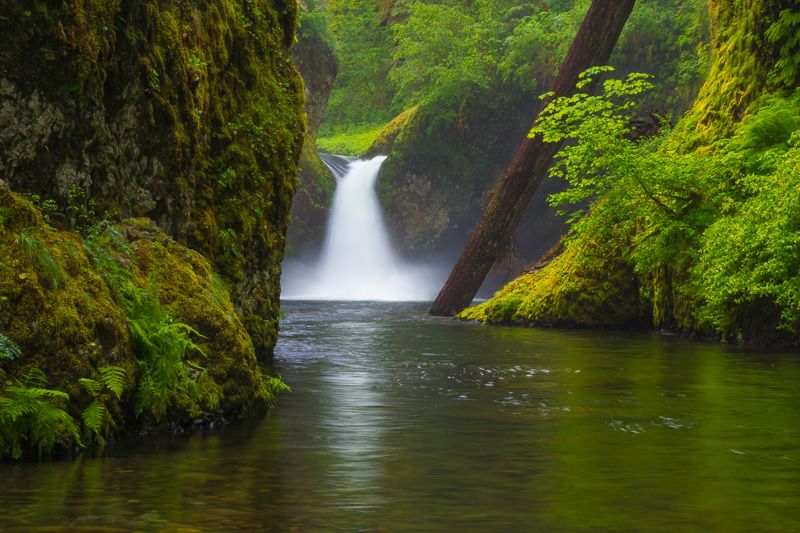
But, needless to say, this opens up a whole new can of ethical worms. (Is it possible for worms to be ethical?) As I noted above, cloning out distracting elements has been a common photographic practice for years, and not just in digital photography; witness the retouching of prints and even negatives in past years. But that had generally been reserved for small, distracting patches that were peripheral to the image's center of interest. Now that it's possible, at least in some limited circumstances, to remove large distractions from the focal point of a photograph, the question immediately arises, "is it wrong to do so?"
Before proceeding, I'd like to first note the irony here: for decades, a common belief among many was that "photography cannot be art," because it was, supposedly, merely a bare, unyielding reproduction of elements already present at the scene, as opposed to the creative vision of a painter or sculptor. However, as capabilities increased for creative manipulation of photographs in post-processing (and, to be honest, some of these techniques have been around, and used by landscape photographers, since the early days of Ansel Adams; it's just that such capabilities have increased by an order of magnitude since the advent of digital photography and computer processing), the paradoxical claim has arisen that, if a photograph includes anything that diverges from that bare, unyielding reproduction of elements already present at the scene, it's somehow "dishonest." (Sometimes, both of these positions are held by the same would-be "critic," which is enough to make one's head spin.)
Also, I think we need to recognize that most landscape photography distorts reality in ways no longer recognized, simply because such ways are so common. Certainly, waterfall photography is among the most blatant cases here, as the slow shutter speeds almost always employed in order to render the falling water as a soothing, graceful blur mean that the image will already look unlike the scene in real life. (In reality, the water flowing over Punch Bowl Falls takes the form of a rapid, choppy pulse that simply wouldn't photograph as nicely with a higher shutter speed.) Similar uses of shutter speeds to blur the motion of waves or clouds are also common. And, while time can be distorted in such ways, so can space; the effect of most wide-angle lenses favored by landscape photographers is to provide a field of vision and perspective that people simply cannot see with their own eyes while looking at any particular scene, while telephotos can radically distort the scale of the background relative to the foreground. Photography has almost always manipulated reality in some ways -- the only issue in most cases is when the form of the manipulation is, due to technology, of a newer and less-familiar type than those with which we've grown so familiar that we no longer notice them.
Having said all that, the question remains: is removing large, distracting elements, such as is done here, thus creating a scene that, to be blunt about it, doesn't exist in real life, unethical or dishonest? I'm going to get irritatingly vague here, and say that, for me, "it depends." What is the intention of the photograph? Is it to provide information, or a sensory experience? If the former, if the primary goal of a given photograph is to show to viewers what a location actually looks like, then it's obviously disingenuous to render the scene in a way that visitors there simply couldn't see for themselves. However, if the primary goal of that photograph is to appeal to the eyes and senses, to create a mood or stir the heart through the beauty of (possibly-idealized) nature, I don't see the objection to presenting the "ideal vision" the photographer may have had in mind when he or she chose to capture that image. It would be a little like complaining that the real night sky over Saint-Rémy-de-Provence never looked anything like Van Gogh's representation of it in The Starry Night. My only qualm would be in the matter of how the image was being presented -- if there's any chance of the image being taken for a documentary photograph rather than an artistically-modified one, the nature of the modification should be made explicit to viewers.
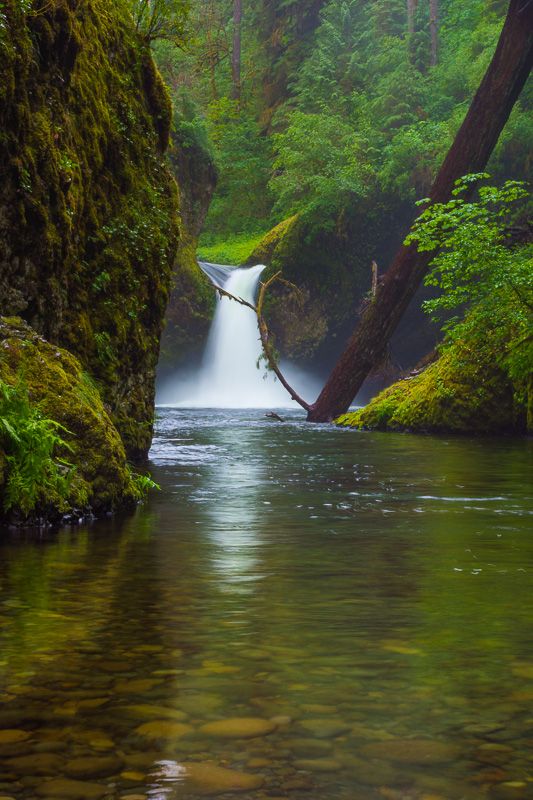
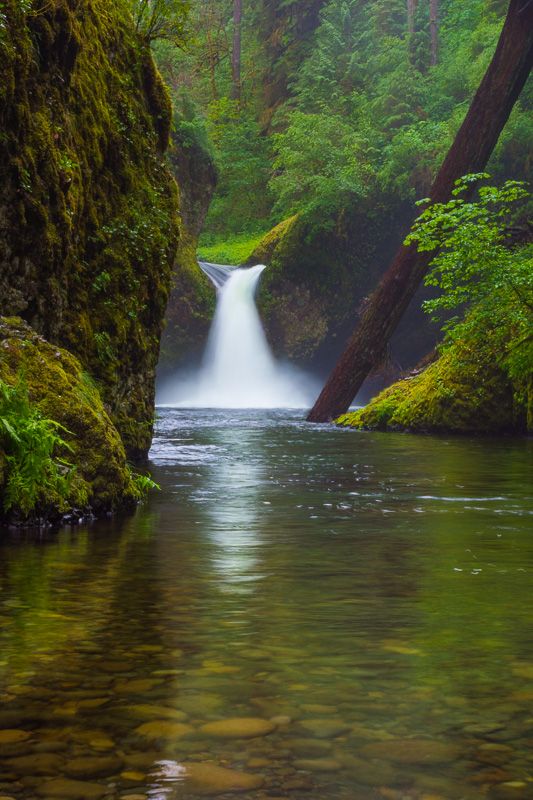
Therefore, my current inclination is to offer the modified images, as befits their intention as "visions" rather than journalistic documents, as prints on my site's Image Gallery, with each clearly captioned as having been retouched. At the same time, the unmodified versions will be made available in the site's Stock Library, since images from that collection are more intended for a "documentary" purpose.
At the same time, I welcome comments on my proposed solution, along with the greater issue of what should and should not be permissible in nature photography. For the convenience of DUers, I've included a poll below.
POSTSCRIPT:
On the way back, I stopped by Metlako Falls, which I had photographed earlier this spring. I had already decided I wouldn't go to the trouble of taking any further photographs here unless, this time, there was mist in the gorge surrounding the fall...which there was.
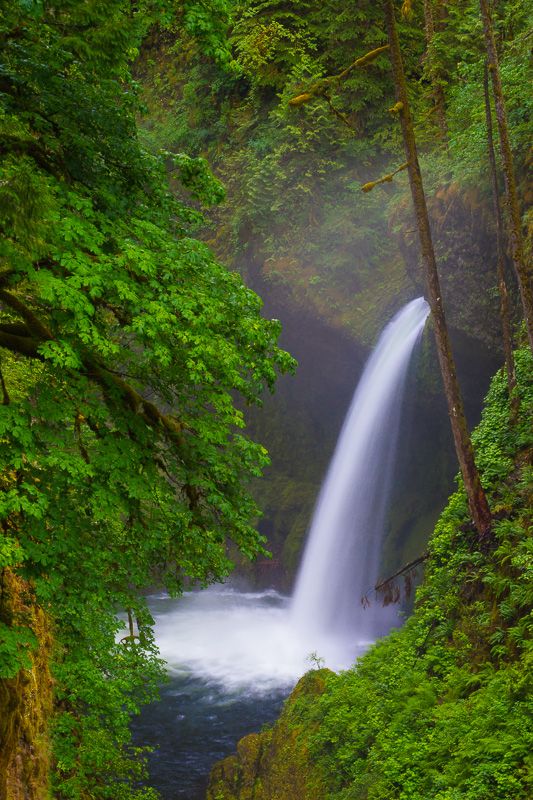
(While it's a nice image, I find my photographs from the last trip, where the foliage was fresher and the flow of the fall much stronger, to be preferable. But I thought I should include it for the sake of completeness.)
---
POLL QUESTION: Is such manipulation of photographs permissible?
Profile Information
Gender: MaleHometown: Maple Valley, Washington
Member since: 2001
Number of posts: 26,044
